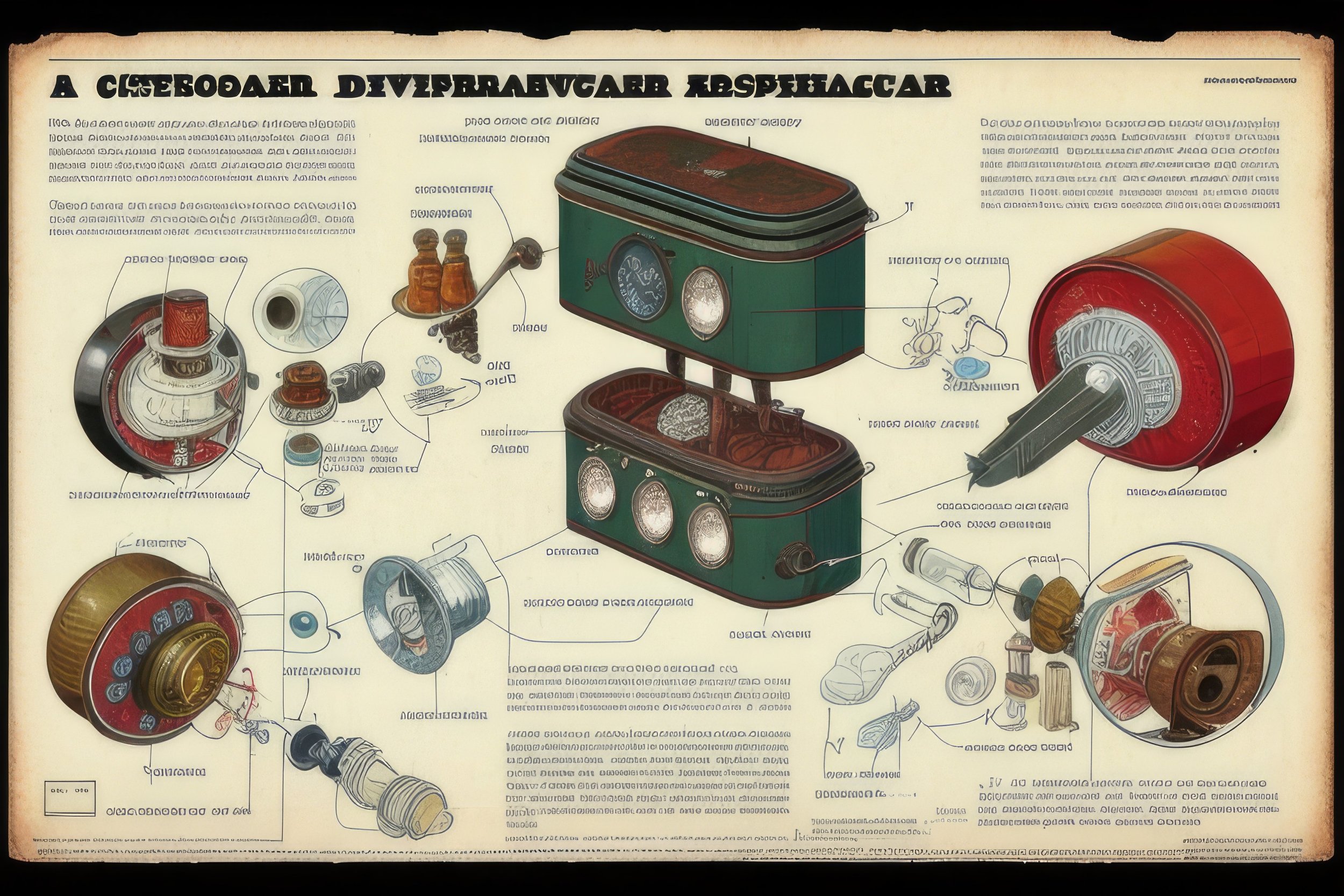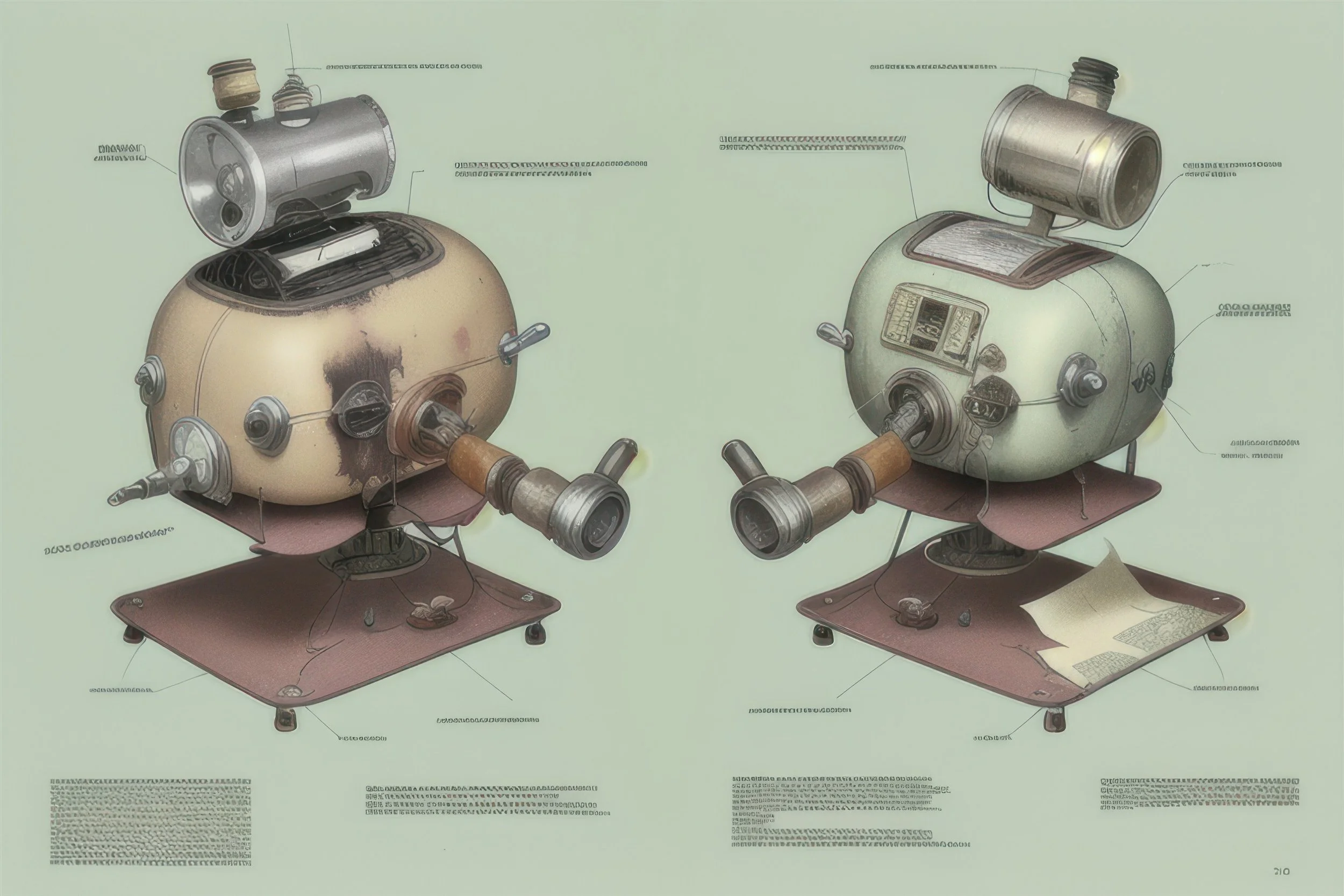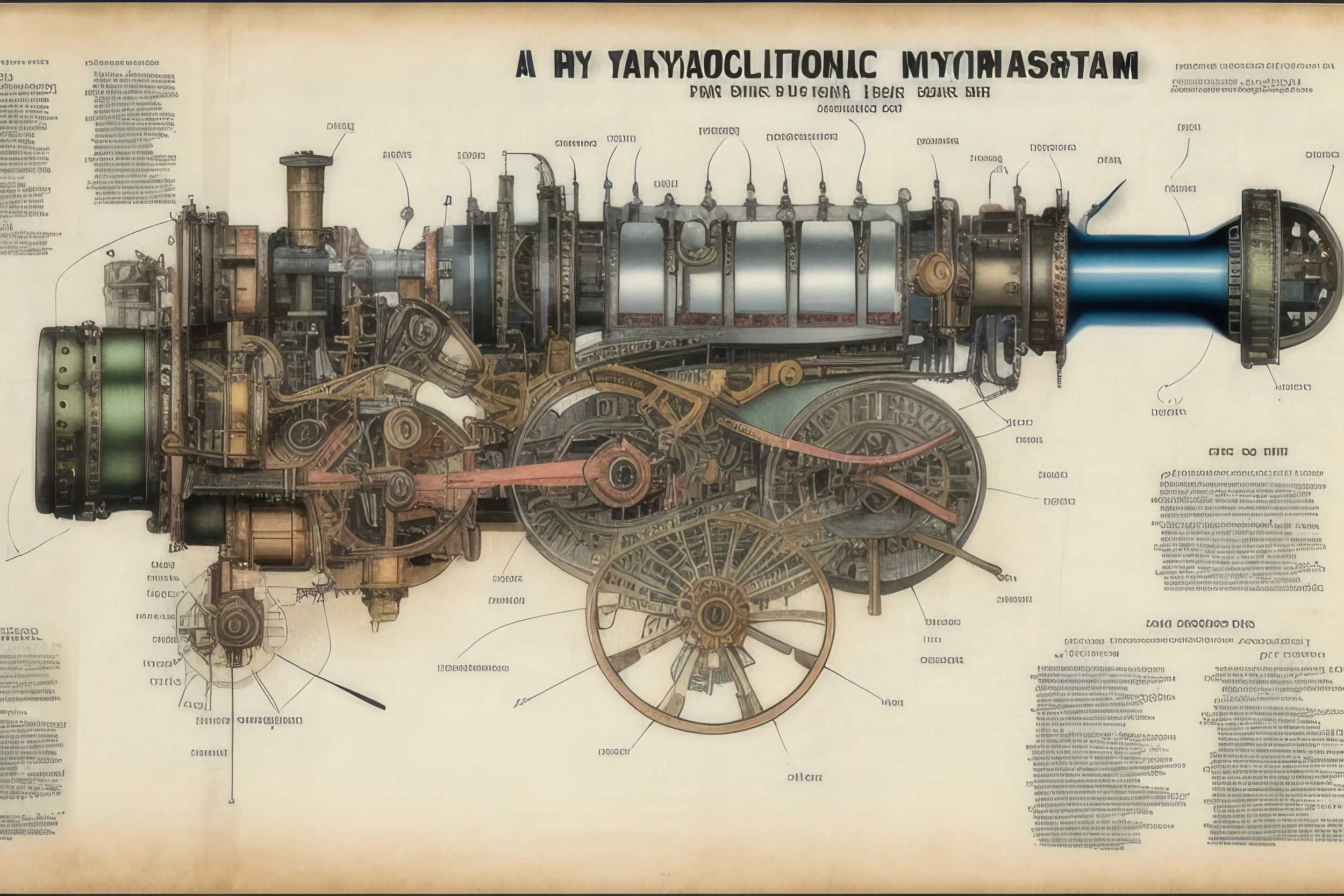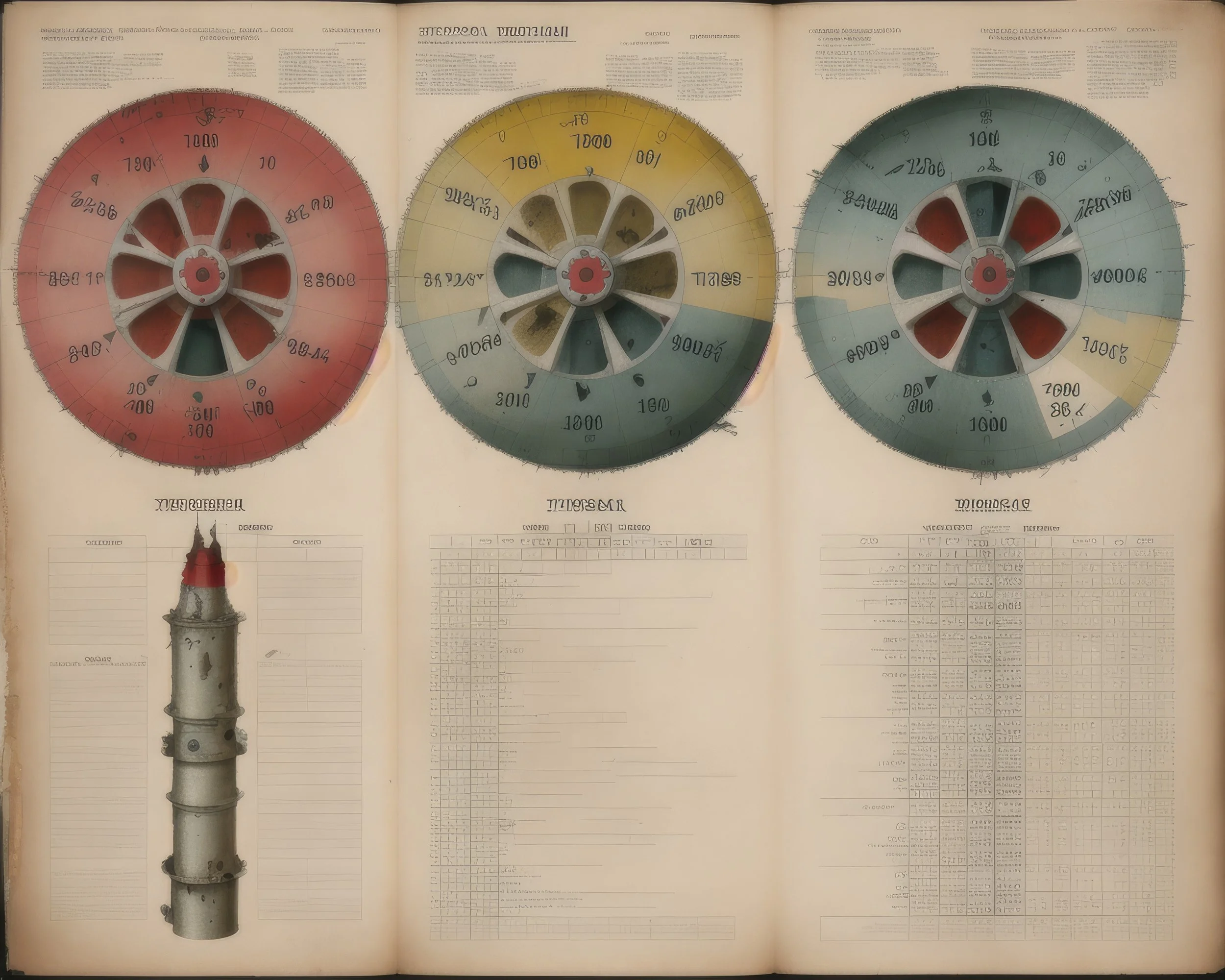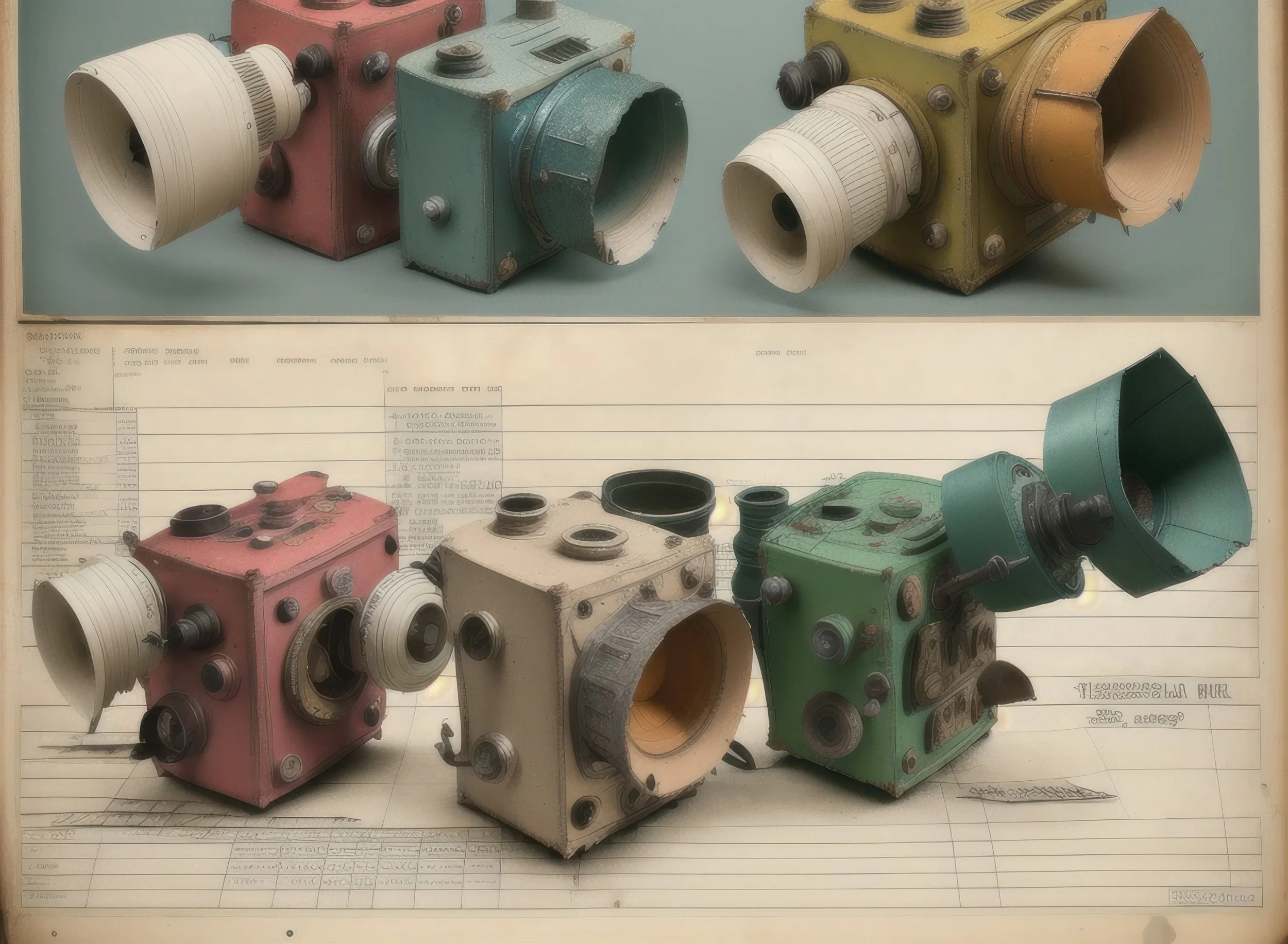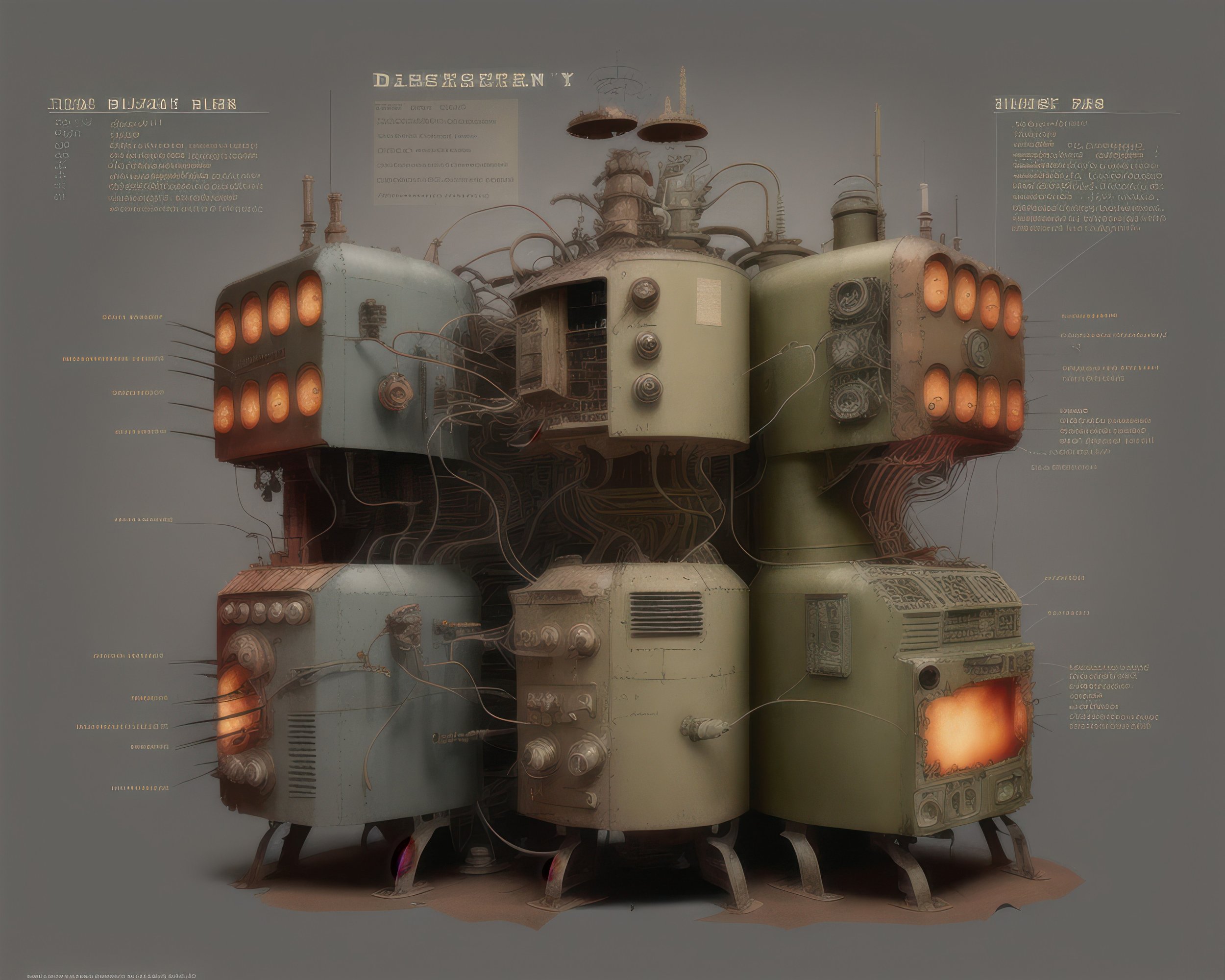"The Mysterious Book of Diagrams"
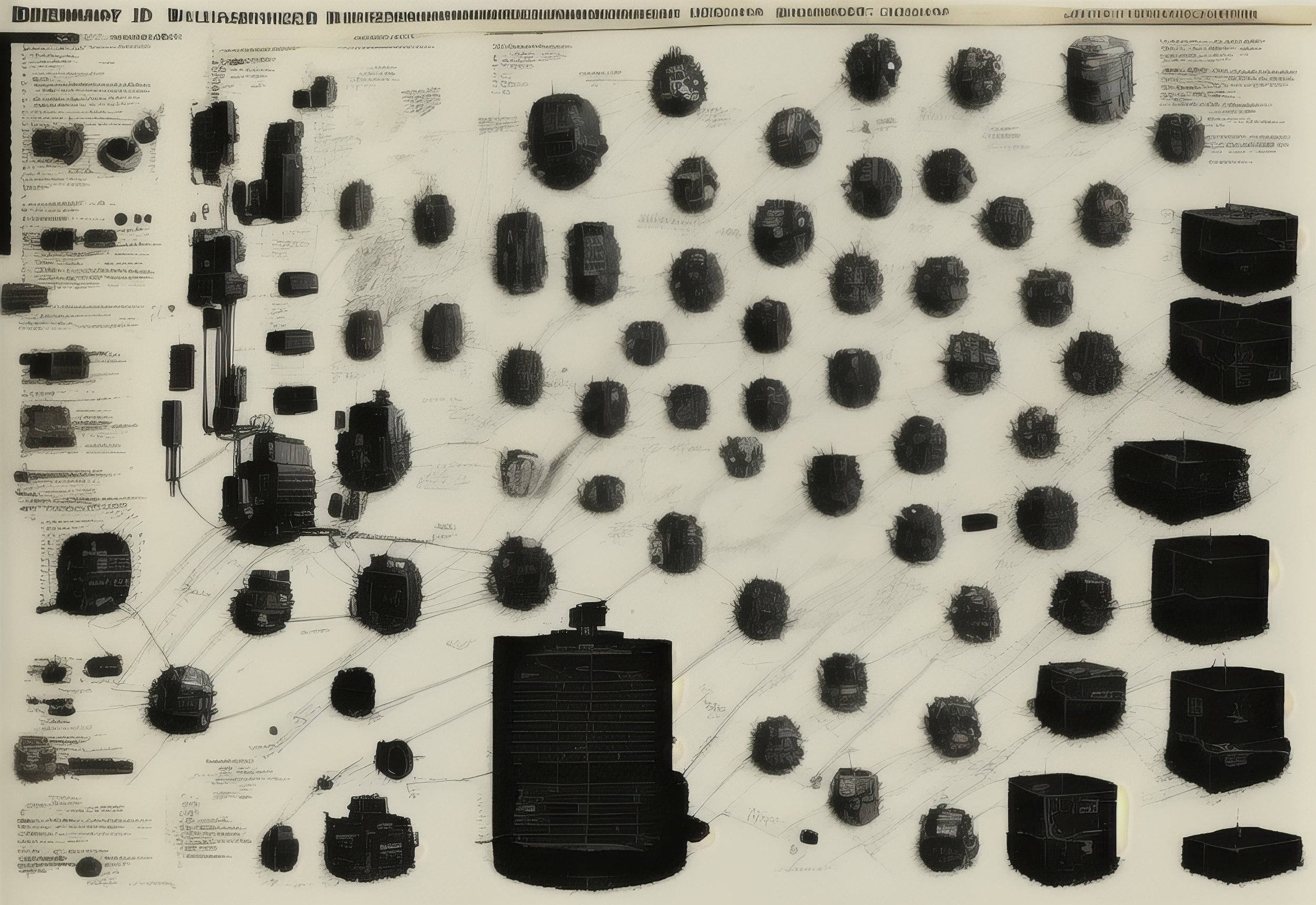
In the realm of philosophy, creativity has long been a subject of profound contemplation. The human capacity to envision and create has fascinated philosophers for centuries, leading to the development of theories and concepts to explain the nature of invention and its relationship with existence. One such concept that invites us to explore the philosophical depth of creativity is the idea of diagrams of things not invented. This concept not only touches upon the imaginative realm but also delves into the essence of human existence, raising questions about the interplay between thought and reality. In this essay, we embark on a philosophical journey into "The Mysterious Book of Diagrams" to dissect its meaning and implications, drawing upon the works of prominent philosophers who have contemplated creativity and existence.
The Nature of Invention
At its core this book underscores the essence of invention and creation. This concept captures the duality of creativity, where ideas and concepts reside in the mind before they manifest in the tangible world. The philosopher Jean-Paul Sartre argued that existence precedes essence, suggesting that human beings define themselves through their actions and creations. In this light, the act of inventing something represents an existential declaration of existence. The mere existence of a creative concept, even if not physically realized, holds philosophical weight, as it embodies the essence of human imagination.
Reality and Imagination
The interplay between reality and imagination is a fundamental aspect of "The Mysterious Book of Diagrams". Existentialist philosophers, like Søren Kierkegaard and Friedrich Nietzsche, contemplated the tension between the reality we perceive and the world of possibilities our imagination conjures. Nietzsche's concept of the "will to power" and the "Übermensch" reflects the human drive to surpass existing boundaries and create new realities. In this philosophical landscape, these diagrams encapsulates the uncharted territory of human imagination and serves as a gateway to the exploration of new existential possibilities.
Reality and Perception
In Philip K.Dick novels and stories, the characters frequently confront the distortion of reality and the malleability of perception. This mysterious book on diagrams illustrate the way in which human imagination shapes our understanding of reality. Philosophers like Maurice Merleau-Ponty, who delved into phenomenology, would find common ground with Dick's narrative explorations. The experiences of Dick's characters echo the idea that our perception of the world is not a mere reflection of objective reality but a construction of our subjective experiences and interpretations.
Human Condition and Identity
Dick's narratives often revolve around the precarious nature of identity. Uninvented things shed light on the inherent human capacity for invention, adaptation, and reinvention. Just as Dick's characters grapple with the fluidity of identity, we all face the challenge of determining who we are in a world that is constantly evolving. Existentialist and postmodern philosophers, such as Jean Baudrillard, offer insight into the shifting and simulated nature of identity in the modern world.
Diagrams as Symbols of Potential
In the realm of symbolic philosophy, diagrams represent more than sketches on paper; they are symbols of human potential. Philosophers such as Maurice Merleau-Ponty, who delved into the philosophy of perception, recognized that human perception and thought are intertwined. Diagrams, even before they become actual inventions, signify the human capability to envision, conceptualize, and, ultimately, create. This philosophical perspective reframes the act of inventing as a declaration of one's ability to transcend limitations and shape reality in accordance with one's vision.
Human Identity and Invention
The notion of "The Mysterious Book of Diagrams" speaks to the multifaceted nature of human identity. Existentialist philosophers, including Jean-Paul Sartre and Albert Camus, underscored the notion that individuals define their own identity through their choices and actions. The creative process embodies this existential philosophy by allowing individuals to shape their identity through inventive acts. The philosopher Friedrich Schelling's "system of identity" posits that human beings are both creators and creations, an idea that resonates with the concept of diagrams representing human potential and self-identity.
Conclusion
The book provides a philosophical lens through which we can contemplate the intricate relationship between creativity and existence. It offers insights into the existential nature of invention, the interplay between reality and imagination, and the symbolic representation of human potential. Just as prominent philosophers have contemplated the nature of creativity, identity, and the human condition, "The Mysterious Book of Diagrams" challenges us to explore the profound philosophical implications of our imaginative capacity. Ultimately, it prompts us to redefine existence itself as a manifestation of our creative potential.
All images and contents are copyright 2023 by Andrea Bigiarini - All rights reserved.



